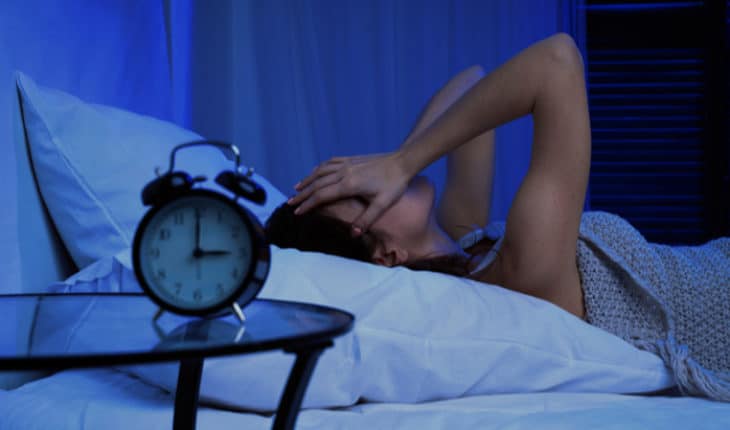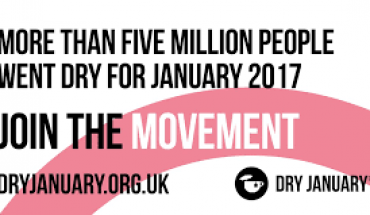People with sleep disorders commonly have a misperception about their actual sleep behaviour. A research group led by Karin Trimmel and Stefan Seidel from MedUni Vienna’s Department of Neurology (Outpatient Clinic for Sleep Disorders and Sleep-Related Disorders) analysed polysomnography results to identify the types of sleep disorder that are associated with a discrepancy between self-reported and objective sleep parameters and whether there are any factors that influence this. The main finding: irrespective of age, gender or screening setting, insomnia patients are most likely to underestimate how long they sleep. The study has been published in the highly regarded Journal of Clinical Sleep Medicine.
Patients’ misperceptions about the actual time that they sleep is a well-known phenomenon in sleep research. Their own impression of their sleep behaviour is often quite different from that demonstrated by clinical measurements. Nonetheless, until now there had been no scientific comparison between patients’ actual total sleep time and their self-reported sleep time that also analysed the associated factors.
A research group led by neurologists Karin Trimmel and Stefan Seidel from MedUni Vienna’s Outpatient Clinic for Sleep Disorders and Sleep-Related Disorders has now retrospectively analysed patient consultations from between 2012 and 2016 and polysomnograms (PSG) of a representative group of 303 sleep clinic patients, 49% of whom were women. 32% were suffering from the commonest sleep disorder, insomnia, 27% from sleep-related breathing disorders, 15% from sleep-related movement disorders, 14% from hypersomnia/narcolepsy and 12% from parasomnias. A PSG measures depth of sleep, muscle activity and breathing over the course of the night. It can be performed in the sleep lab or as ambulatory tests, where the patients sleep at home.
There was found to be a discrepancy between self-reported perception and objective readings in all sleep disorders, although it was largest in the case of insomnia, irrespective of age, sex or whether the monitored night was spent in the sleep lab or at home. Insomnia patients overestimate their sleep latency, that is to say the time it takes them to fall asleep, and significantly underestimate the amount of total sleep time. A constantly elevated level of background stress (hyperarousal) could be a factor in this, since this would result in disrupted sleep architecture (increased number of microarousals), as well as the fact that insomnia is often associated with psychiatric comorbidities. In contrast to insomnia patients, patients with other sleep disorders tended to underestimate their sleep latency and overestimate their total sleep time.
The study corroborates the clinical observation that sleep misperception occurs in all forms of sleep disorder but is most prevalent in insomnia. The treatment of choice in this instance is cognitive behavioural therapy. Karin Trimmel explains: “By incorporating this misperception into behavioural therapy, we can significantly improve treatment outcomes, so that polysomnography is highly recommended for patients with treatment-resistant insomnia.”
Service: J Clin Sleep Med.
The (mis)perception of sleep: factors influencing the discrepancy between self-reported and objective sleep parameters. Karin Trimmel, Hans Gerhard Eder, Marion Böck, Andrijana Stefanic-Kejik, Gerhard Klösch, Stefan Seidel. https://pubmed.ncbi.nlm.nih.gov/33393901/. DOI: 10.5664/jcsm.9086
- The da Vinci 5 Robot Is Set To Transform Bariatric Care: - 31st March 2025
- Beyond money: the hidden drivers fuelling child food insecurity - 31st March 2025
- Tobacco and Vapes Bill - 31st March 2025






